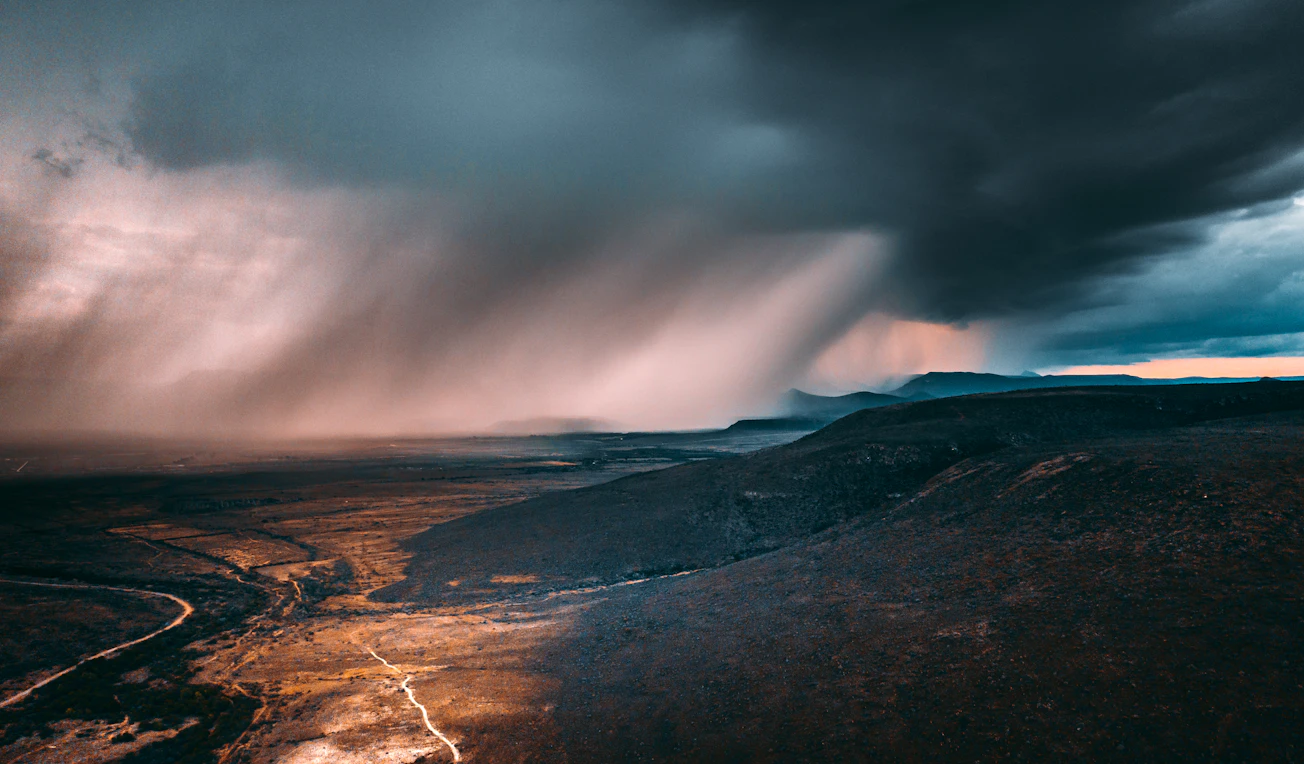Strip mining surely worsened the recent flooding in Appalachia, but we don’t know how much. The same applies to climate change, and a warming world means it will continue to do so.
Rainfall in many areas is more frequent and intense than in decades past. “An analysis of weather data by the nonprofit group Climate Central found that nearly three-quarters of locations the group examined around the country have experienced an increase in the amount of rain falling on their annual wettest day since 1950 — particularly along the Gulf Coast and Mid-Atlantic. The numbers show that 2021 was a record-setting year for extreme rainfall events, with dozens of places logging their wettest day in generations,” Brady Dennis reports for The Washington Post. “A separate Climate Central report this spring found that of 150 locations the group analyzed, 90 percent now experience more average rainfall per hour, compared with 1970. Those increasing bursts of extreme precipitation carry profound economic and human health risks, the likes of which have been on display most recently in Eastern Kentucky.”
“Basic physics” explains why climate change causes this increased precipitation, says North Carolina State University atmospheric sciences professor Kenneth Kunkel. “For every degree Fahrenheit that the air temperature increases, the atmosphere can hold about 4 percent more water,” Brady reports. “The world already has warmed more than 1.8 degrees Fahrenheit (1 degree Celsius) since pre-industrial times. That increased heat means more moisture in the air — in the United States, much of which comes off the Gulf of Mexico — and more fuel for more intense rainstorms.”
The rainfall “is posing serious challenges in a nation where the built environment is not only outdated but increasingly outmatched,” Brady reports. “From populated cities to rural outposts, the United States has long struggled with antiquated sewage and wastewater networks, outdated bridges and crumbling roads and culverts. But as more water falls from the sky more quickly in many places, those challenges have become only more urgent.”
--30--
Written by Heather Chapman. Cross-posted from the Rural Blog.







